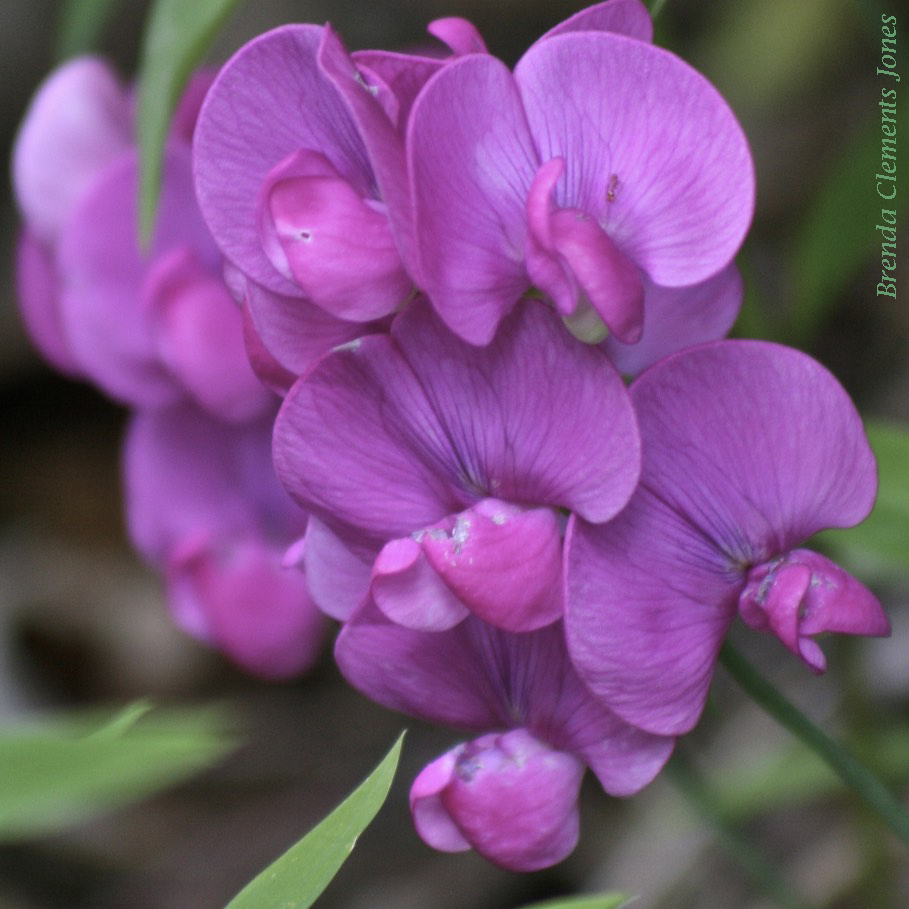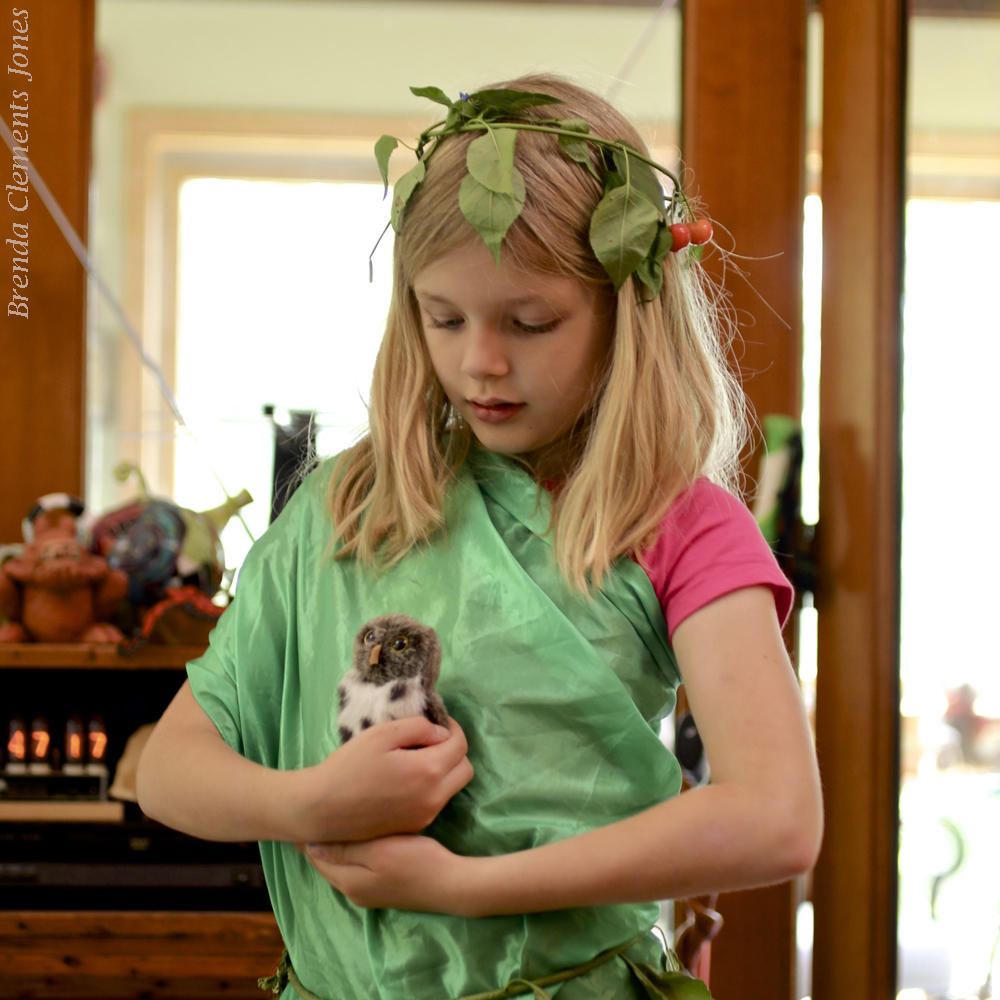-
Everlasting Pea

Everlasting Pea (Lathyrus latifolius) native to Europe. An herbaceous perennial vine that has 3 to 6 foot long winged stems. It’s occasionally found along woodland edges, at the sites of old homesteads or in this case at the site of an abandoned church along a dirt road in the mountains. The seeds of Everlasting Pea…
-
Narrow Leaf Sundrops

A native of eastern and central North America, Narrow Leaf Sundrops (Oenothera fruticosa). The bright red-orange buds lead to blooming in the late spring and early summer, for a period of about a month. Bees, skippers and butterflies are the pollinators of these flowers. As summer turns to autumn, the leaves of the Narrow Leaf…
-
Wild Geranium Seeds

In late April or early May, the Wild Geraniums (Geranium maculatum) up here on the mountain are beginning to show off their sweet, rich, pink. The blooming lasts for about a beautiful month. Though the plant continues the show without the dramatic color, still the show goes on. This the beak-like fruit of the flower…
-
Scarlet Beebalm And Morning Rain
Scarlet Beebalm (Monarda didyma) native to eastern North America. A delight for hummingbirds in the area, bees, and some sphinx moths. A cool and crazy looking flower that makes me wonder if Dr Seuss used it as inspiration for some of his drawings. Perhaps?
-
Plume Moths

While admiring Common Milkweed which produces an amazing fragrance across long distances, I discover several unusual looking insects. They look like a capital T or an old-fashioned airplane, with a wingspan of perhaps 5/8 inch. Feathery wings and spiny, delicate looking legs. These are Plume Moths (Pterophoridae). There are more than 1,000 species of Plume…
-
Rubies On A Bush
I planted these bushes for their beauty. The rubies please me beyond words. Red Currant (Ribes rubrum). Each year when they mature into their richness, childhood memories of family reunions in Sellersville, Pennsylvania, return. The Red Currant bushes growing tall next to the quoit pits. I’ve just stumbled upon something that makes me feel so…
-
Watch Where You Step!

Just a couple days after the grass was cut. Two tiny bunnies were found hiding in that short grass. Warming themselves in the sun and hiding from predators. How they were found, I don’t know. Perhaps the magic of the Woodland Fairy. They were quite invisible to ordinary searching eyes such as mine. But Granddaughter…
-
The Woodland Fairy

Imagine my surprise when the Woodland Fairy stopped by to visit me today. She asked me to call her Chestnut. We sat down and talked for a quite a long time. Chestnut was filled with great stories of her life in the woods. Chestnut lives in a humongous hollow tree. Her magic is why the…
-
Wineberry Flower

Wineberry (Rubus phoenicolasius). An invasive plant that is found throughout the woods up here. Right now there are small flowers. Five, heart shaped, pale pink petals with longer pointed sepals. Very soon to become berries. An invasive, but oh the berries are so good.

